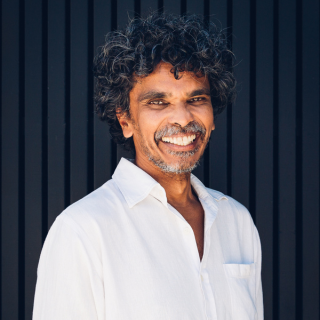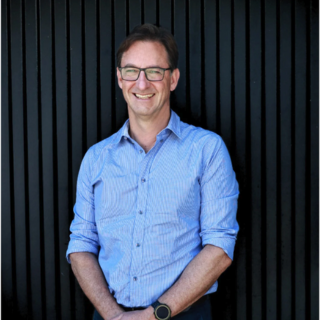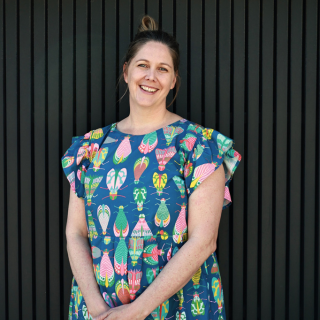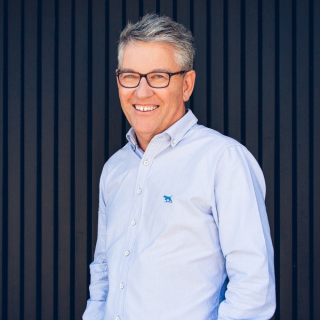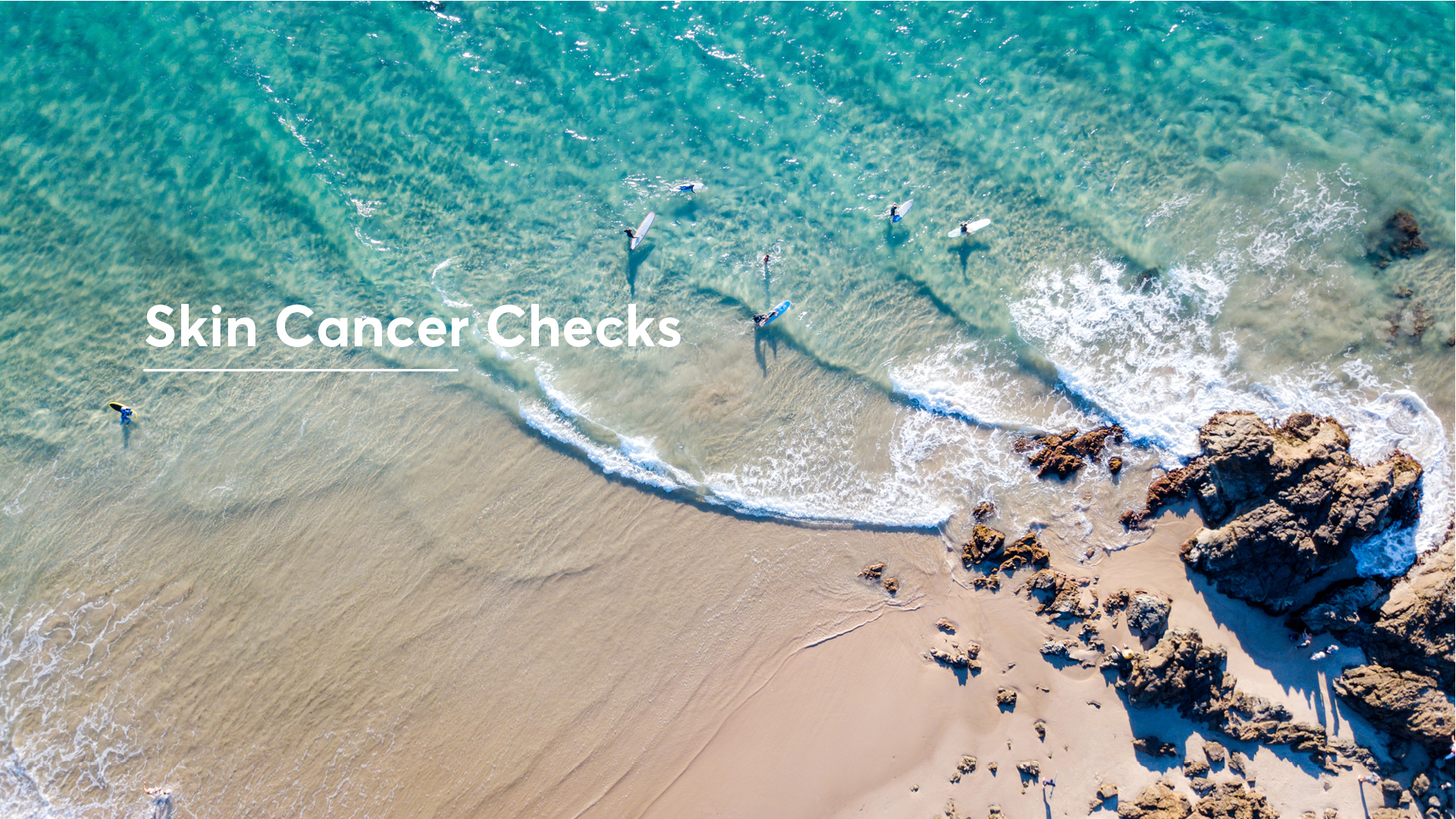
Skin Cancer Checks at First Light Healthcare
With a wealth of specialised skin cancer experience and training, our skin cancer clinic specialist undertakes all aspects of patient care including skin cancer screening and diagnosis, and dermatological surgery covering the head, face and lower limb regions, using a variety of flaps and skin grafts.
2 in 3 Australians will be diagnosed with skin cancer by the they are 70 years old. The good news, however, is that 95% of skin cancer is curable if found early, according to Cancer Council Australia.
It is recommended to check your skin once a month at home to pick up any changes and see your skin cancer clinic if you find anything of concern.
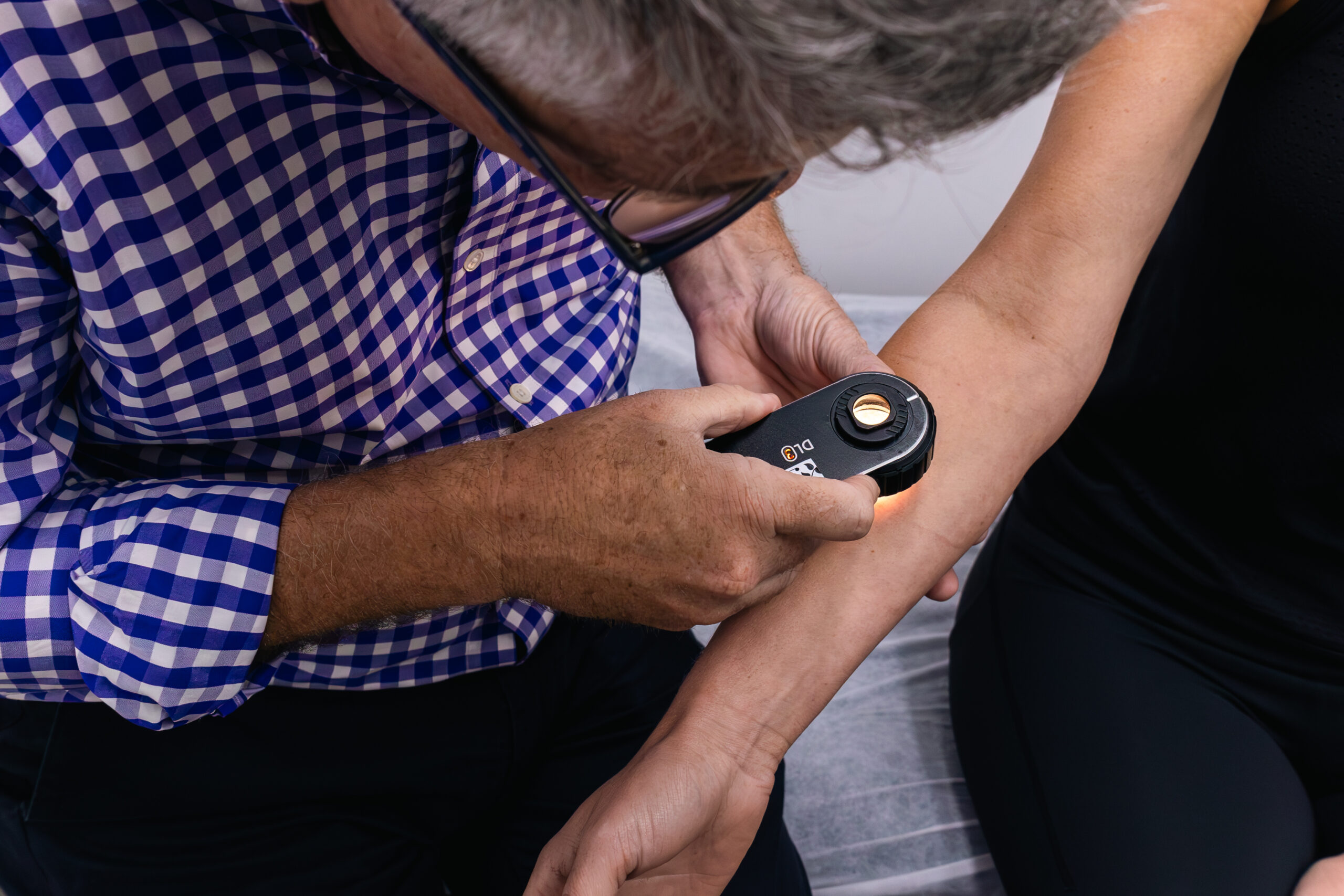
First Light Healthcare offers dedicated skin cancer clinics in both Ballina and Byron Bay.
Our services include:
- Skin Cancer Checks
- Mole Removal
- Skin Biopsies
- Skin Cancer Surgery/ Treatment
- Cryotherapy
- Non-surgical Treatments
Signs and Symptoms of Skin Cancer
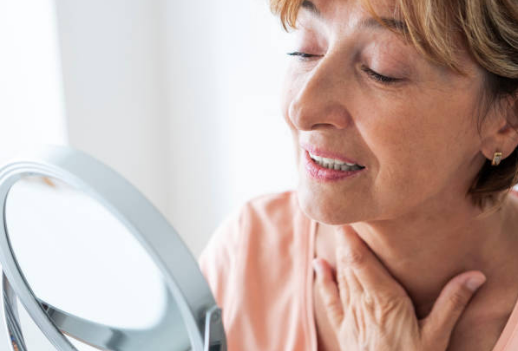
Know your skin
The Cancer Council urges all Australians to become familiar with the look of their skin and pick up any changes early. Look for: any crusty, non-healing sores small lumps that are red, pale or pearly in colour, new spots, freckles or any moles changing in colour, thickness or shape over a period of weeks to months.
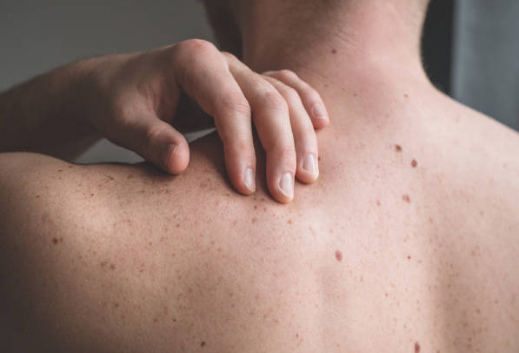
Know your ABCs
Use the abcde method to decide whether a mole or spot spells trouble.
A stands for asymmetry – troublesome moles are usually asymmetrical; B is for border – irregular is bad; C for colour – one colour is good; Diameter – bigger is worse; and Elevation – flat is better than raised.
You’re on the lookout for crusty, non-healing sores, small lumps that are red, pale or pearly in colour, new spots, freckles or any moles changing in colour, thickness, or shape over a period of weeks to months, especially those dark brown to black, red or blue-black in colour.
If you do find these types of spots, don’t panic.
Your doctor will refer you to a skin specialist.

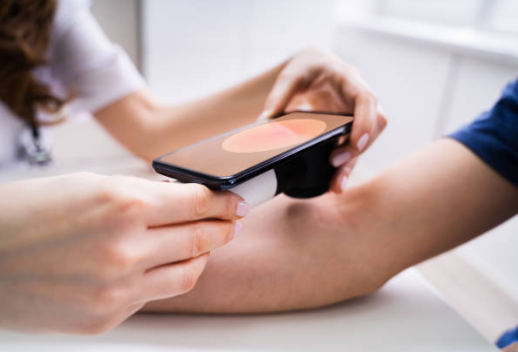
Sunspots versus skin cancer
Liver spots, which appear with age, are not sunspots and are not related to melanoma.
Rather, sunspots are scaly spots, which are red or occasionally brown in colour, and appear on areas of the skin that are most frequently exposed to the sun such as the face, ears, neck, forearms and hands.
Dysplastic nevi are often most notable by their number – most people have between 10 and 40 normal moles or nevi on their body but those with the troublesome type (about one in 10 people) may have more than 100.
You can download an information poster that will help you identify unusual spots or moles at cancercouncil.org
Questions and Answers
How do I prevent skin cancer?
Aussies love to be out in the sun but exposure to UV rays is the main cause of skin cancer.
Be sunsmart by wearing long sleeves, high necks, close weave materials and, for swimming, UV-resistant lycra; use a non-chemical SPF30+ sunscreen and a broadbrimmed hat and buy a pair of close-fitting, wrap-around sunglasses that meet the Australian Standard AS 1067.
Have a regular skin checkup at a skin cancer clinic, such as First light Healthcare especially if you have had skin cancers removed in the past.
Why is skin cancer so common in Australia?
Aussies love being outdoors. We are also subject to more UV than many countries because the ozone layer over Australia is particularly thin.
Unfortunately we also tend to think that a tan looks good or is healthy. However, tanning is a sign that you have been exposed to enough UV radiation (from the sun or solarium) to damage your skin. This will eventually cause skin ageing and increase your risk of skin cancer.
What happens if my doctor suspects a spot or mole is dangerous?
Your doctor may perform a biopsy (remove a small sample of tissue for examination under a microscope) or refer you to a specialist if he/she suspects a skin cancer.
Skin cancers are almost always removed. In more advanced skin cancers, some of the surrounding tissue may also be removed to make sure that all of the cancerous cells have been taken out.
Which skin cancer is most common?
There are three main types of skin cancer:
Melanoma – the most dangerous form of skin cancer
Basal cell carcinoma*
Squamous cell carcinoma*
*Both basal cell carcinoma and squamous cell carcinoma are known as non-melanoma skin cancer.
Fortunately melanoma is the least common skin cancer and even this can be treated if caught early.
When should I check for skin cancer?
It’s important to have a look at your skin regularly, when you hop in or out of the bath or shower. If you see any spots or moles you’re not sure about, always see your GP. Remember. Early treatment is the key to a good result.


